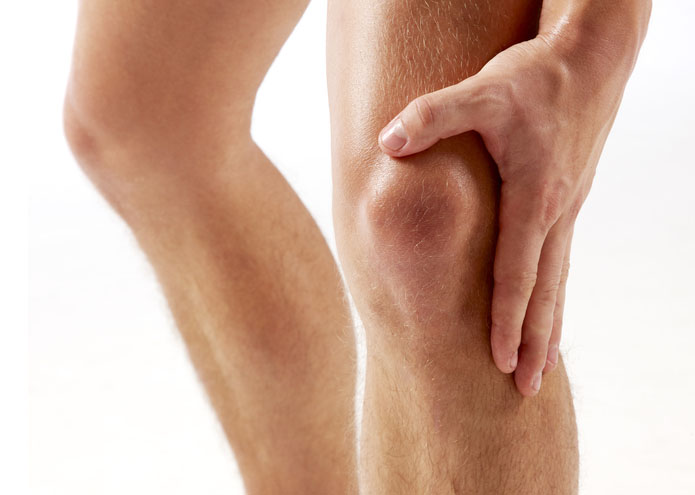
Recent Injuries and RICE
You may have come to this website because you are looking for treatment for a recent injury.
Knowing the right thing to do when you have just sustained an injury, and seeking prompt treatment for it, will make a difference to the healing and decrease the time you can return to normal activity. Here is an easy to remember guide using RICE:
A recent or acute injury can occur suddenly during any activity, from tripping over the kerb, to making the bed, to playing sport. In some cases, an acute injury can be self-treated, while other injuries may be more severe and require medical attention. An acute injury is always recent, resulting in degree of damage to the muscle, tendon, ligament, nerves, connective tissue and even bone. It usually recovers quite quickly providing the correct action is taken from the start.
Common acute injuries may include:
- Knee sprains
- Going over on your ankle
- Pulling a hamstring
- Wrenching a shoulder
- Calf “pull”
- Sprained wrist
- Deep bruising to a muscle ( i.e.thigh)
- “Pulled” back
What you should do in the first 48 hours
STOP! Whatever you are doing! Don’t continue through the pain This could make the injury worse and delay your recovery time.
Swelling generally means there is some damage to the soft tissue (muscle, tendon, ligament) and occurs as a natural mechanism to stop the body moving in a certain way or putting too much weight on the affected area. It is a normal part of the healing process unless it becomes excessive.
The following action can be taken to help acute soft tissue injuries:
Rest Ice Compression Elevation
Rest
It is important to rest immediately after an injury to prevent yourself from causing any more damage.
Janine Jones can advise you on how to get back to work as soon as possible.
Ice
Ice therapy can provide short-term pain relief, reduce the blood flow to the injury and keep down the swelling. Research has shown that heat is not advised within the first 48 hours of an acute injury as it can increase bleeding and swelling if used at this stage.
- Wrap the ice (crushed ice. A bag of frozen peas or ice packs) in a thin towel before placing it on your skin to avoid ice burns
- Apply the ice for NO LONGER than 10 minutes a t a time, and wait for the skin to return to its normal temperature before icing again.
Compression
This will also help to reduce the swelling. Soak a towel or a bandage in cold water and compress the injury by wrapping a bandage over it. If you feel throbbing, or if the bandage feels too tight rewrap the area so that the bandage is looser. You can use compression alongside your ice therapy. But remember, if you are using ice, it is not advisable to keep the compress on for more than 10 minutes at a time.
Elevation
By elevating your injury you will help take the pressure off it. It is most effective when the injured area is raised above the level of the heart. For example if you have an ankle or foot injury, lie down with your foot propped on one or pillows.
If you are at all worried about your injury, seek medical attention from your physiotherapist Janine Jones or your GP immediately. Consulting a Physiotherapist at this stage for a diagnosis can be helpful. The Physiotherapist will be able to give you an idea of how long your injury will take to recover and advise on the best way to manage your injury.
Physiotherapy will help you return to activity more quickly


